Which Iconic Horror Character Matches Your Myers-Briggs Type?

Each iconic horror villain and hero fits neatly into the MBTI framework, making it freakishly fun to see who you'd be in the world of screams and nightmares.
From the analytical to the whimsical, the introverted to the extroverted, every Myers-Briggs type has its shadowy counterpart in horror's hall of fame.
ISTJ – Dracula (Dracula, 1931)
.jpg)
Like ISTJs, Dracula is methodical, traditional, and often sticks to his own set of rules and systems. He's old-school, sticking to his vampire ways for centuries. Dracula is careful when choosing victims, planning with precision, similar to ISTJ's detail-oriented approach, but with a dark twist.
ISFJ – Norman Bates (Psycho, 1960)
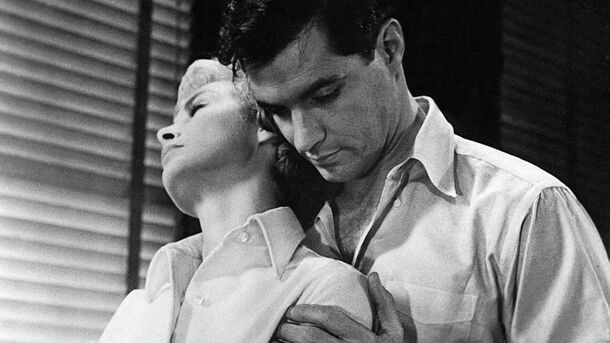
Norman Bates is overly attached to his mom, showing ISFJ's protective side. He keeps everything the same to avoid change, even if it means hiding dark secrets. Bates' actions, though harmful, come from wanting to keep his family's name untainted.
INFJ – Hannibal Lecter (The Silence of the Lambs, 1991)
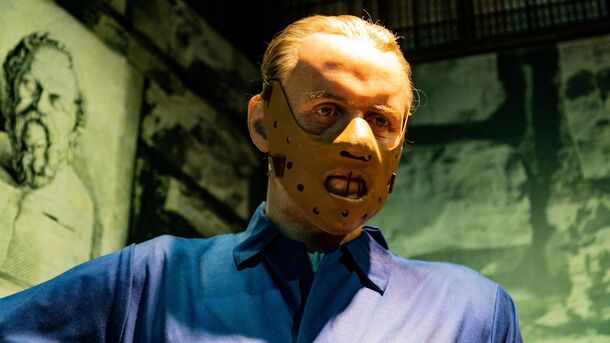
Hannibal Lecter gets people without breaking a sweat, using his deep understanding of their minds. He does terrible things but follows his own strange rules, showing INFJ's complex nature. Lecter can feel for others, yet chooses who deserves his empathy, making him a complicated figure.
INTJ – Jigsaw (Saw, 2004)
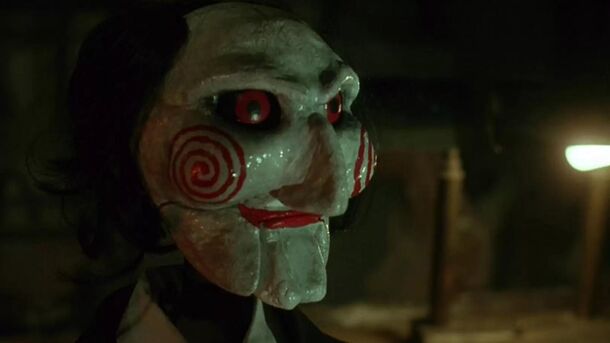
Jigsaw loves planning elaborate traps, showing INTJ's knack for strategy and vision. He wants to teach his victims lessons about life, thinking he's helping them in a twisted way. This mirrors INTJ's goal-driven approach, aiming for outcomes they believe are justified, no matter how extreme.
ISTP – Leatherface (The Texas Chainsaw Massacre, 1974)
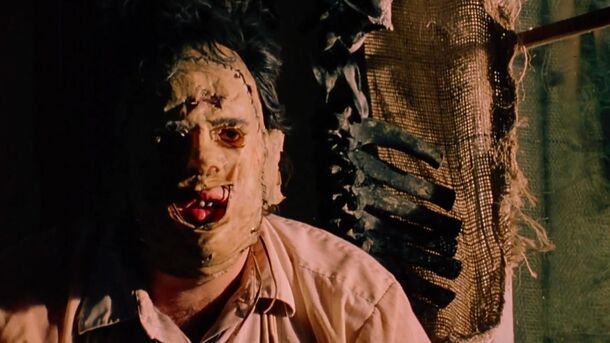
Leatherface is quick and good with his hands, a true ISTP trait. He uses whatever is around to get the job done, even if it's a chainsaw. This shows ISTP's practical skills, but Leatherface takes it to a dark place, using his abilities in a horrific way.
ISFP – Ghostface (Scream, 1996)
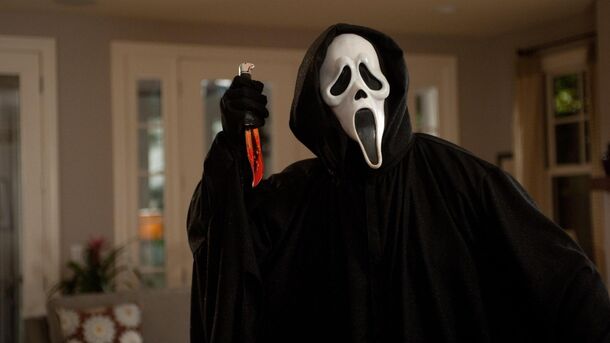
Ghostface is all about making a scene with his killings, showing off ISFP's creative flair. He's unpredictable, choosing victims on a whim and always changing his plan. This mirrors the ISFP's spontaneous nature, but Ghostface uses his creativity for terror instead of art.
INFP – Carrie White (Carrie, 1976)
.jpg)
Carrie White feels everything deeply, just like an INFP. She's misunderstood and struggles to fit in, which leads to her explosive revenge. Carrie's story shows the INFP's intense inner life and desire for acceptance, but with tragic outcomes when pushed too far.
INTP – Herbert West (Re-Animator, 1985)
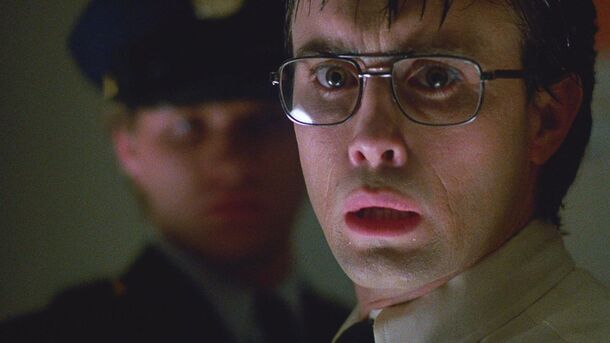
Herbert West is obsessed with breaking the rules of life and death, showing INTP's love for challenging ideas. He's inventive, coming up with ways to reanimate the dead. West's curiosity drives him, similar to an INTP, but his experiments often have deadly results.
ESTP – Freddy Krueger (A Nightmare on Elm Street, 1984)
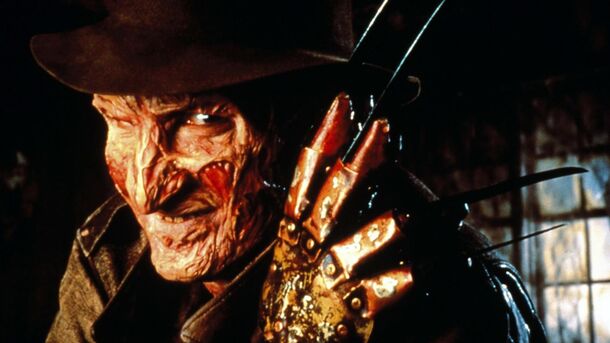
Freddy Krueger thrives on excitement and fear, fitting the ESTP's energetic vibe. He's adaptable, using victims' dreams against them. This shows ESTP's ability to think on their feet, but Freddy uses his quick thinking for terror, not adventure.
ESFP – Pennywise (It, 2017)
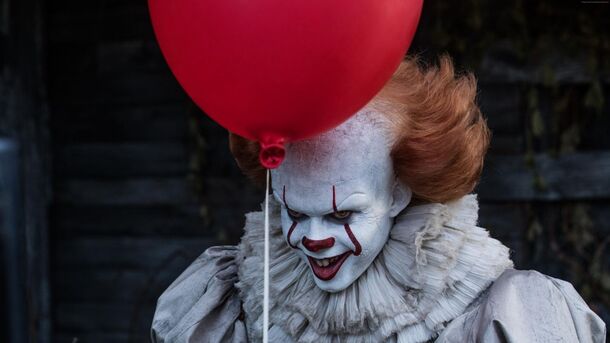
Pennywise loves the spotlight, using his shape-shifting to entertain and scare. This matches the ESFP's desire to be the center of attention and influence emotions. However, Pennywise's performances are deadly, turning the ESFP's fun-loving nature into something dark.
ENFP – Beetlejuice ( Beetlejuice, 1988)
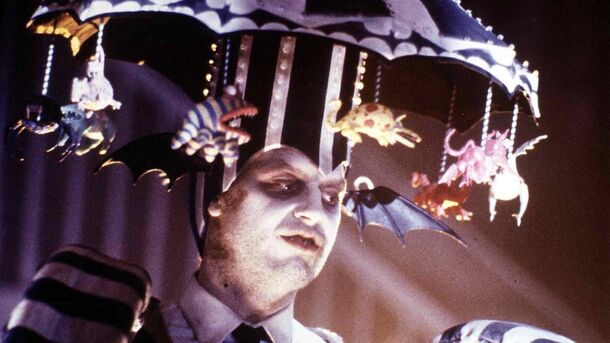
Beetlejuice is all about fun and chaos, just like an ENFP. He's creative and loves connecting with others, even if it's through trickery. Beetlejuice embodies the ENFP's enthusiasm and imagination but uses his powers to cause trouble instead of helping.
ENTP – The Joker ( The Dark Knight, 2008)
.jpeg)
The Joker is a mastermind at creating chaos, reflecting ENTP's love for a challenge. He's witty and sees life as a game, always looking to disrupt the norm. This mirrors the ENTP's innovative thinking, but The Joker takes it to a dangerous level, aiming to unsettle society.
ESTJ – Michael Myers (Halloween, 1978)
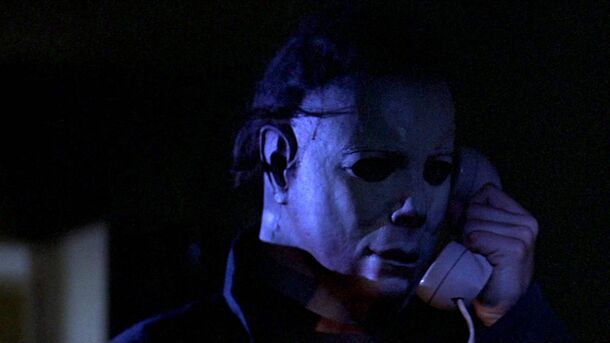
Michael Myers is all about his mission, showing ESTJ's determination. He follows a plan with scary precision, targeting his victims systematically. This reflects ESTJ's organizational skills and focus, but Michael's goals are purely evil.
ESFJ – Pamela Voorhees (Friday the 13th, 1980)
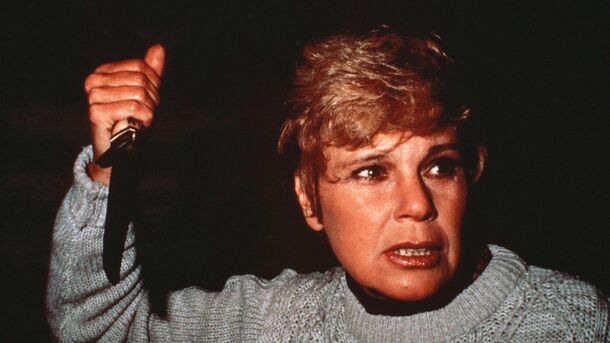
Pamela Voorhees takes care to an extreme, avenging her son's death. She's fiercely loyal, a key ESFJ trait, but her way of showing it is through violence. Pamela's actions highlight the ESFJ's nurturing side, turned vengeful to protect her loved one.
ENFJ – Pinhead (Hellraiser, 1987)
.jpg)
Pinhead is eloquent and believes he's teaching his victims lessons, which fits the ENFJ's guiding nature. He's persuasive, drawing people into his world. Pinhead's leadership shows the ENFJ's ability to influence others, though he leads them into torment, not growth.
ENTJ – Patrick Bateman (American Psycho, 2000)
.jpg)
Patrick Bateman is all about control, mirroring the ENTJ's leadership qualities. He's ambitious and maintains a perfect image, while secretly living a double life. Bateman's methodical approach to his dark desires shows the ENTJ's strategic planning gone horribly wrong.